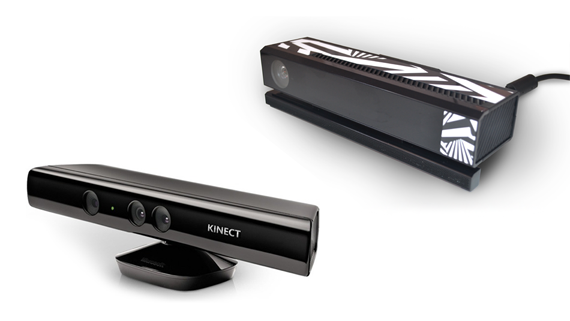Tag: three.js
-

Kinect V1 and Kinect V2 fields of view compared
With the impending release of the new Kinect for Windows this summer, I took a closer look at the differences in Field of View between the old and the new Kinect for Windows. A well known improvement of the new Kinect for Windows sensor is the higher resolution of the image and depth streams. Part of the…